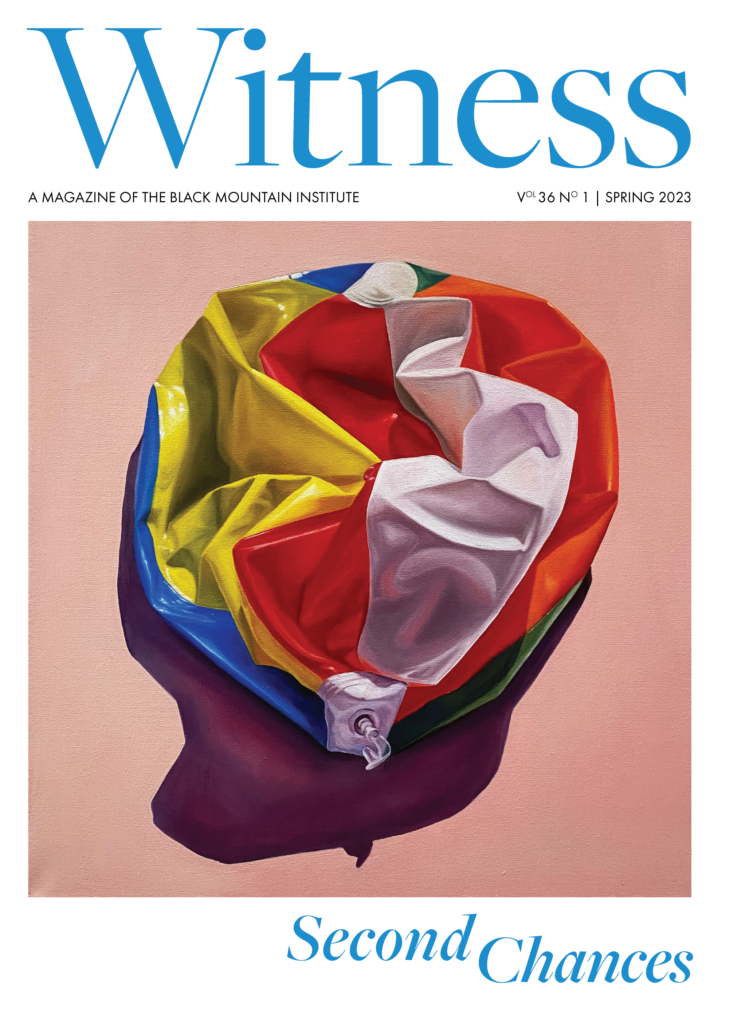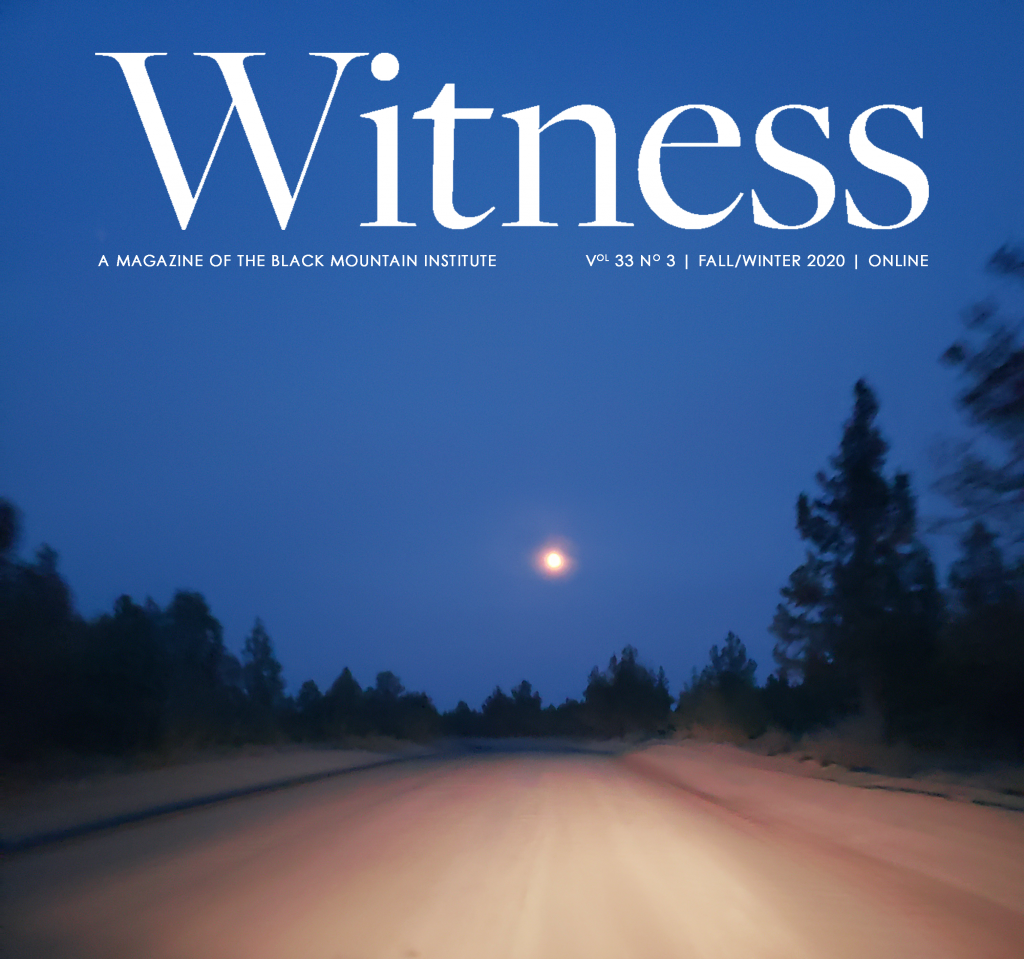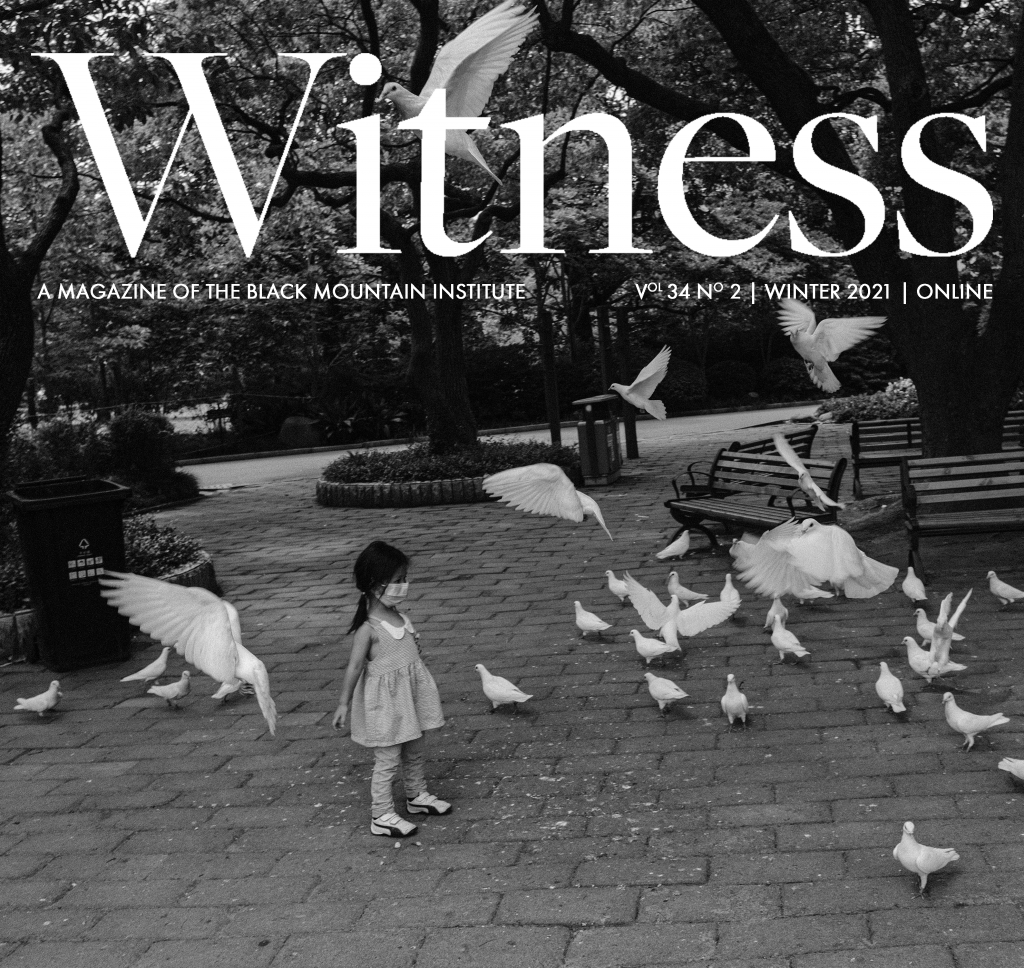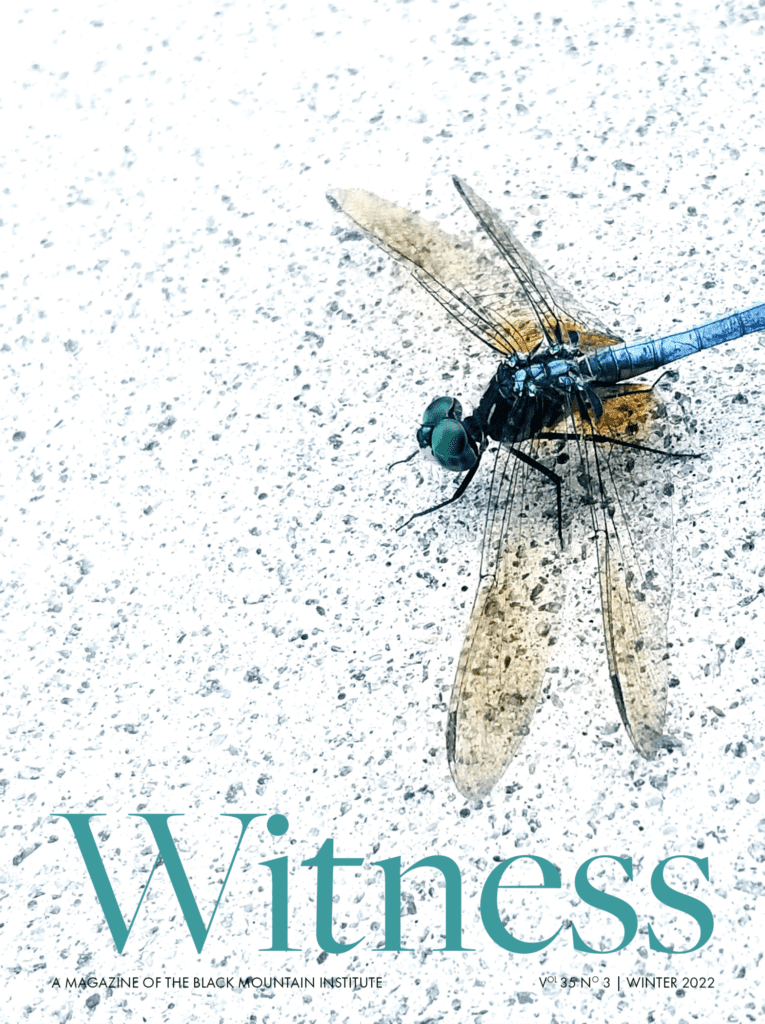(Page 2 of 2)
CG: I didn’t think of it quite in those terms, but I think that’s true. Although there are certainly humorous parts in the body of the novel, these news sections can go over-the-top ludicrous. The preposterousness of what’s going on in the news sections almost made the events of the novel seem sane by comparison. I think this juxtaposition adjusted the perspective in a funny way.
AN: What was the most difficult part of the book to write—interpreting that whatever way you want, emotionally, craft-wise, etc.?
CG: The bullfighting scenes were the hardest for me to write. I wanted to go see a bullfight. I actually bought a ticket for one in Tijuana, and I just chickened out. I mean, my daughter’s a vegetarian! So I mostly read about them, and then while hiding behind my hands I watched some on YouTube. I tried to see a few documentaries but I was actually extremely squeamish about it. Yet here it is, what everything in the book’s revolving around. So I had to really work and rework the bullfighting passages and expand them and study. I also studied a lot of old footage of the bullfighting masters from the ’20s and ’30s in Spain. There’s a lot of that stuff around, amazingly. There’s also a great documentary called Ella Es el Matador (She Is the Matador), which came out toward the end of my writing the book. That was extremely helpful in getting some of the ritual down, and seeing how lonely it is for women in this profession. Probably the second hardest part of the book to write was the scene where Aura kills the colonel. That was something I had to write a lot. Research for that led me to all sorts of crazy books about weapons, and just the darkest places, like “How would you kill someone in a hospital bed?” Boy, I’ll tell you, there are a lot of people out there who give this a great deal of thought. So o really put myself in her bloodstream took a long time; it was a scene I avoided, until I just had to write it. Then I had to rewrite it and rewrite it until I felt that it was believable and yet, how do you make a scene like that beautiful?
AN: Actually, I wanted to ask about beauty. Many of the auxiliary characters have detailed physical imperfections, and aversion and disgust play a role in several scenes. For example, a patient in the hospital has “a set of immense, pimply buttocks framed by a hospital gown,” and the gorgeous Suki has to see them.
CG: I think bullfighting, the tradition of it, is really theater. There’s something very idealized in everything about it, from the costumes to the choreography to its history to the expectations of perfection. There’s something idealistic about the adoption process too—the image of the perfect child. In the book, the adoption lawyer declares one baby’s nose to be unacceptable. There’s a notion too in the public realm, with the silly talk show host Lupe Galeano checking in with Suki about her exercise routine, that is both a consideration and a skewering of these ideals. I think I was probably just feeling cranky about beauty ideals, having lived in Los Angeles for twenty years, dealing with it and raising a daughter in a place where there was so much emphasis on looks. So perhaps it was me being cranky about the whole enterprise of beauty.
AN: That’s legitimate! If you had to pick one character from the book to feature in a first-person spin-off novel, whom would you choose and what do you think would happen in the novel?
CG: I think [the suicidal] Won Kim. His situation is the one most fraught with possibility. Perhaps things have turned around for him, but I kind of feel a catastrophe looming. I’m most drawn to him; of all the characters he was always the one I was most sympathetic toward.
AN: Was there ever a temptation to wholly and completely try to combine all the characters’ individual plot lines together? To cross the wires even more?
CG: I thought about it a lot, and in fact they were originally more separate than they ended up. Sometimes during chunks of initial writing, I’d really only deal with one character at a time and write his or her arc over the entire book. It almost felt like I was writing six longish stories, so to braid them more tightly was a very conscious and deliberate act. At times it felt forced and I had to pull back. I wanted their lives to overlap just enough. The timeline wasn’t long enough for anything to get too much traction, but I wanted individual lives and quests to somehow illuminate the others’, through proximity more than actual entanglement.
AN: The ending of the book felt spot-on, concluding as it did inside the bullring. How did you come to choose that as a final location, as opposed to the hotel?
CG: I guess I just wanted to cycle back on Suki. The opening scene is one of her getting dressed, and in a way the whole novel for her is a long prelude to that final scene. Even though she does these demonstration fights and she gets gored and there’s all this drama, essentially she was getting dressed for that last scene in the book’s opening.
AN: On that final note, do you feel that hotels are lonely places?
CG: When I was younger I found them to be lonely, but now I love hotels. I love not having to clean, and I love ordering in oatmeal—I can certainly understand why in the old days people lived in hotels. I definitely see the appeal now that my daughter is off at college. I don’t cook anymore. I’m done!







